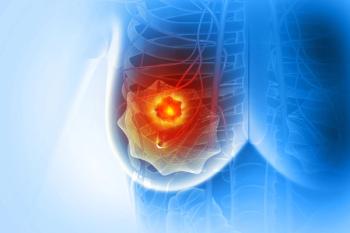
Can Sudden Temperature Drops Really Spur Colds?
There is anecdotal evidence that sudden drops in temperature precipitate viral acute respiratory infections, but does science support it?
There is anecdotal evidence that sudden drops in temperature precipitate viral acute respiratory infections, but does science support it?
Influenza A and B, rhinovirus, respiratory syncytial virus, adenovirus, metapneumovirus, and coronavirus are unrelated viruses that share seasonal trends.
Viral acute respiratory infections emerge and disappear abruptly over wide geographic areas independent of the distribution of susceptible individuals.
The infections’ incidence peaks in winter and wanes in summer among patients in temperate climates, but patients in tropical areas develop viral acute respiratory infections at consistent moderate rates year-round.
Changes in social gatherings, environment conduciveness to viral survival, and host immunity factors have been proposed as explanations.
Now, an article published ahead-of-print in Medical Hypotheses indicates that chilling may increase host susceptibility, and lower temperatures or host chilling may activate dormant virions.
Separate studies have found associations between sudden drops in temperature greater than 5 degrees Celsius and spikes in viral acute respiratory infections 1 week later. The spikes occurred even in unseasonably warm temperatures, so absolute temperature is unlikely to drive the increase.
Humidity had no independent effect on the rate of viral acute respiratory infections. People in rainy climates develop the same number of infections as those in similar dry climates.
The researchers indicated that crowding is also an unlikely driver of viral acute respiratory infection seasonality.
Time spent indoors is consistent among American and British citizens, and the infections do not see a spike relative to major sports events.
Temperature-based changes in virion survival outside the body are not clinically significant because viral acute respiratory infection rates are higher in balmy tropical weather than in mild temperate summer weather.
The immune system is stronger in the winter based on vaccine response studies. However, host chilling may cause reflex vasoconstriction of the upper airways, reducing local immune response magnitude.
Activation of dormant virions is a much stronger driver of viral acute respiratory infection seasonality than increased host susceptibility. Sudden airway temperature drops spur temperature-sensitive virion activation.
Virion activation is dependent on prevailing airway temperature because virions slowly adapt to seasonal changes. Cold weather exercise has a protective effect. It chills the airways, regularly activating small amounts of virions.
The researchers concluded that activation of virions by chilling is the most reasonable mechanism of viral acute respiratory infection seasonality, even though in vitro testing with non-wild type viruses has shown otherwise.
Newsletter
Stay informed on drug updates, treatment guidelines, and pharmacy practice trends—subscribe to Pharmacy Times for weekly clinical insights.


















































































































































































































